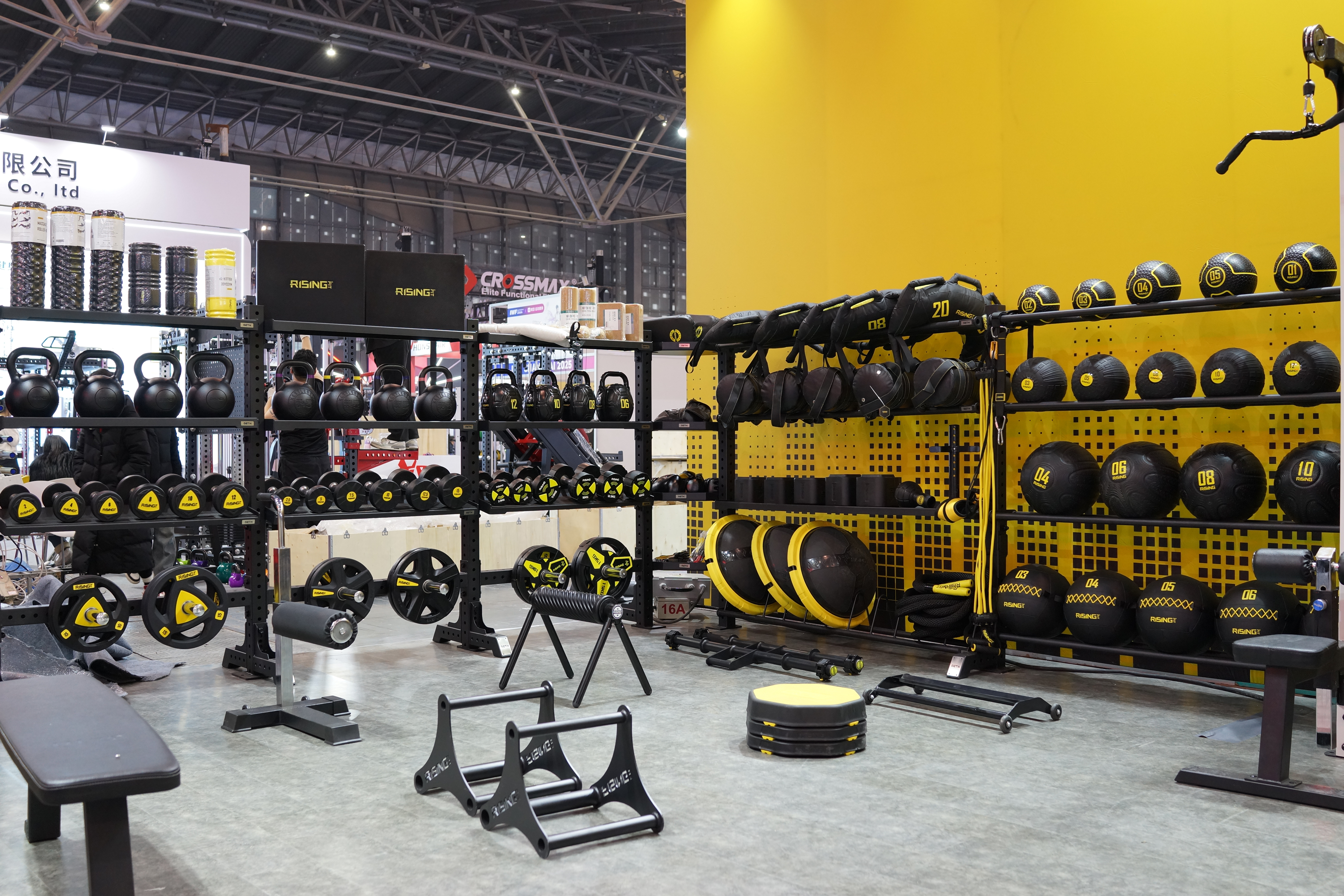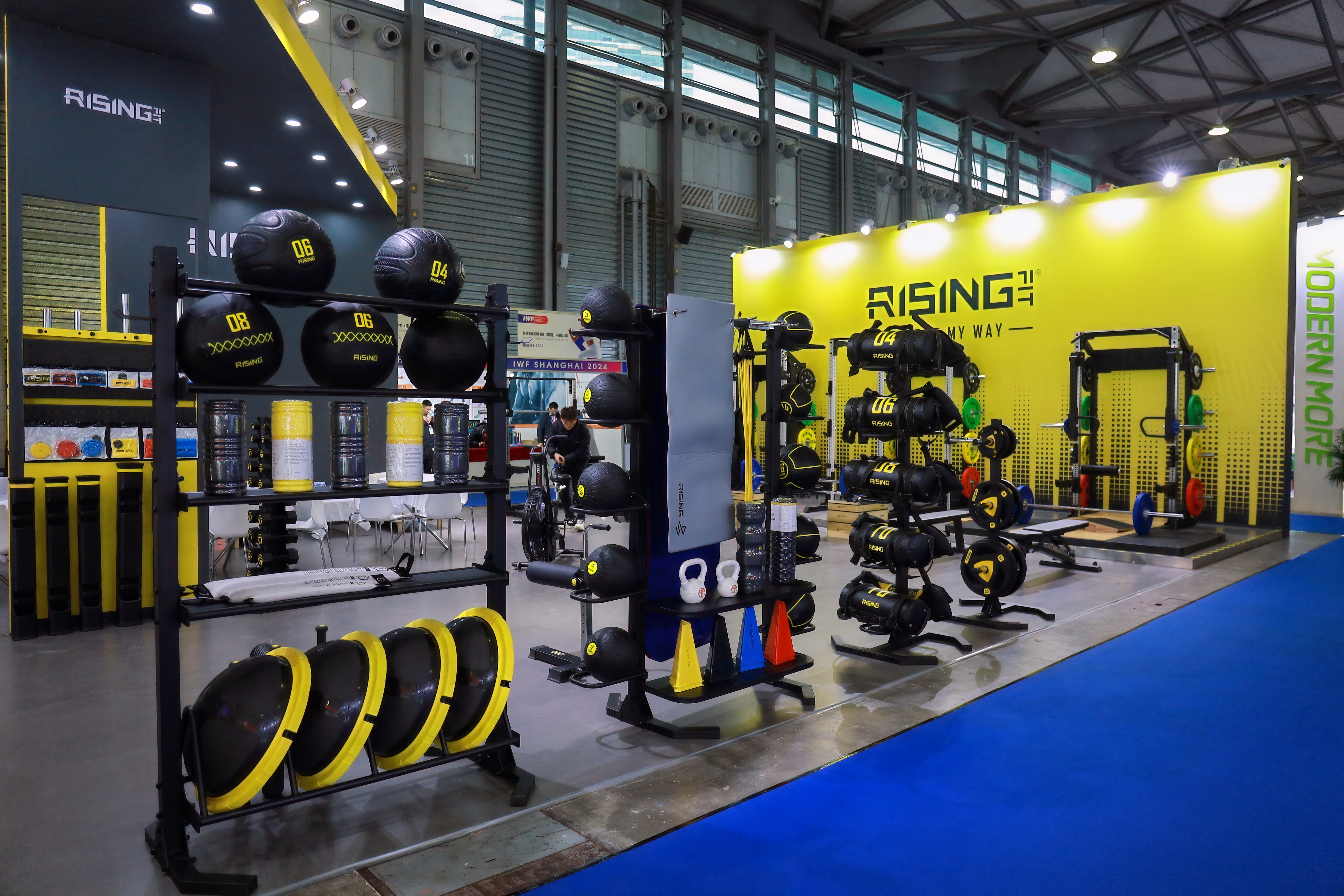Building Smarter Gym Spaces for the Future
As fitness continues to evolve beyond traditional models, facility owners and operators are being pushed to adopt forward-thinking solutions that meet the demands of a tech-savvy and health-conscious clientele. One of the most critical decisions for any gym owner today involves choosing the right commercial gym equipment. These decisions not only influence the quality of the workout environment but also impact long-term profitability, user satisfaction, and operational efficiency.
Investing in cutting-edge commercial gym equipment that aligns with industry trends can help facilities remain competitive while offering members modern experiences. This article delves into the essential trends shaping equipment purchases for 2026, providing valuable insights into how gym spaces can be optimized for the future.
Embracing Smart Technology Integration
Real-Time Performance Tracking
One major trend influencing the commercial gym equipment market is the integration of real-time performance tracking. Gym-goers today demand more than just weight stacks and resistance—they expect their equipment to offer analytics that track metrics such as reps, range of motion, and calories burned. Equipment embedded with smart sensors and Bluetooth connectivity can sync data with fitness apps, allowing users to monitor their progress in and out of the gym.
This smart technology doesn't just benefit the user; gym owners can use aggregated performance data to better understand usage patterns, helping with maintenance schedules and class planning. The right commercial gym equipment can make data-driven decisions a standard practice.
App-Connected Ecosystems
Another area gaining popularity is the development of fully integrated ecosystems. Many brands are designing commercial gym equipment that connects directly to proprietary or third-party fitness platforms. This seamless connectivity ensures a consistent experience for users, regardless of whether they are working out at the gym, at home, or on the move. These systems increase retention and user engagement while creating a consistent brand experience.

Sustainability and Eco-Friendly Innovation
Energy-Generating Machines
Sustainability is no longer a niche concern—it’s a core factor in commercial gym equipment selection. Energy-generating cardio machines are becoming more prevalent in modern gyms. These machines convert user-generated kinetic energy into electricity, which can be fed back into the grid or used to power the facility.
Choosing such commercial gym equipment shows a commitment to environmental responsibility while also reducing operational costs. Clients are more likely to support gyms that prioritize sustainability, making these machines a marketing asset as well.
Recyclable and Low-Impact Materials
Materials matter more than ever. Eco-conscious manufacturers are producing commercial gym equipment made from recyclable metals, low-VOC plastics, and biodegradable cushioning. This not only contributes to LEED certification points for the facility but also appeals to an increasingly eco-aware consumer base.
Modular and Customizable Equipment Options
Space Optimization Solutions
Urban gyms, boutique studios, and compact training zones are placing high value on space efficiency. Modular commercial gym equipment is designed to provide multiple workout functions in one footprint. Equipment that transforms or folds away can dramatically increase the usability of smaller areas.
By choosing modular solutions, gyms can create flexible layouts that accommodate both individual training and group sessions without overcrowding the space. Custom-built rigs and multifunctional units have become essential components in maximizing utility.
Personalization for Different Training Styles
The modern fitness enthusiast values customization. Commercial gym equipment now offers adjustable resistance levels, grip positions, and training modes tailored to various fitness goals. This customization not only caters to a wide demographic of users but also helps reduce the risk of injury and boosts overall satisfaction.
Versatile machines that support strength, HIIT, mobility, and rehab-style training appeal to a broader audience, making every square meter of your gym more valuable.
Data and Analytics for Business Growth
Usage Monitoring and Predictive Maintenance
Advanced commercial gym equipment now comes with built-in monitoring tools that track how often and how intensively each unit is used. This data can be leveraged to plan preventive maintenance, reducing downtime and avoiding unexpected costs.
Predictive analytics also allows gym owners to replace or upgrade equipment based on real performance metrics rather than fixed schedules, thereby improving ROI over time.
Member Behavior and Retention Insights
Member behavior data—such as preferred equipment, time-of-day usage, and average workout duration—can offer powerful insights. Commercial gym equipment equipped with member login and tracking systems gives gym managers the ability to tailor services, marketing campaigns, and staffing more effectively.
This kind of business intelligence helps increase member retention and lifetime value, aligning equipment purchasing with overall strategic goals.
Inclusive Design and Accessibility
Equipment for All Fitness Levels
Inclusive fitness is a growing priority, and commercial gym equipment must cater to all users, from beginners to advanced athletes and people with disabilities. Adjustable machines, step-free access, and visual aids are all becoming standard features in modern designs.
Gyms that prioritize inclusivity not only meet regulatory standards but also foster a welcoming community culture. This results in broader market reach and increased member satisfaction.
Multigenerational Fitness Solutions
More gyms are seeing participation from older adults and family groups. Commercial gym equipment designed with variable resistance, ergonomic controls, and user-friendly interfaces can accommodate these users effectively.
Equipment suited for rehabilitation, balance training, and gentle strength exercises ensures that no demographic is left behind.
Preparing for the Hybrid Fitness Model
In-Gym and Virtual Integration
The hybrid fitness trend continues to influence equipment decisions. Commercial gym equipment must now bridge the gap between in-person and digital training. Machines with video screens, streaming capabilities, and app-based guidance make it possible to deliver virtual classes directly from the gym floor.
These features are essential for gyms looking to provide value to both on-site and remote users, maximizing reach and engagement.
Equipment That Supports Content Creation
Social media and digital engagement are major factors for modern gym-goers. Commercial gym equipment that supports content creation—whether through built-in cameras, lighting attachments, or optimized angles—can turn your facility into a hub for influencers, coaches, and content creators.
This not only boosts visibility but also provides a unique selling point to attract tech-savvy members.
Frequently Asked Questions
What makes commercial gym equipment different from residential equipment?
Commercial gym equipment is built for durability, higher usage rates, and better user safety. It often includes features like stronger frames, longer warranties, and advanced tracking systems that are not found in residential-grade machines.
How do I choose commercial gym equipment that aligns with future trends?
Look for equipment with tech integration, modularity, sustainability features, and inclusive design. These elements ensure your investment remains relevant as the fitness industry evolves.
Is it worth investing in smart commercial gym equipment?
Yes, smart equipment enhances member engagement, provides data insights for operators, and aligns with modern user expectations. It can also reduce long-term maintenance costs through predictive analytics.
Can commercial gym equipment help improve member retention?
Absolutely. When members feel supported with personalized, tech-enhanced, and comfortable equipment, their satisfaction and loyalty increase, directly impacting retention rates.
Table of Contents
- Building Smarter Gym Spaces for the Future
- Embracing Smart Technology Integration
- Sustainability and Eco-Friendly Innovation
- Modular and Customizable Equipment Options
- Data and Analytics for Business Growth
- Inclusive Design and Accessibility
- Preparing for the Hybrid Fitness Model
- Frequently Asked Questions


